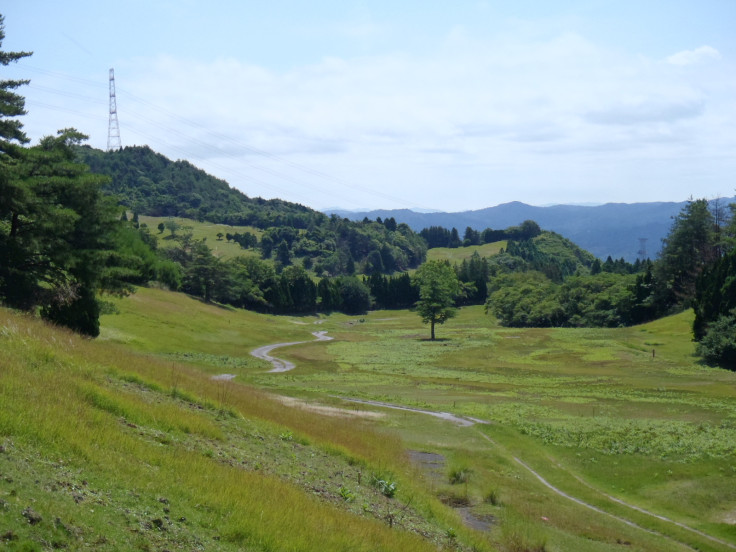Japan turning abandoned golf courses into solar power farms

Japan's renewable energy revolution is gathering pace, with one company recently initiating plans to cover some of the country's old abandoned golf courses with solar panels.
Following the Fukushima nuclear disaster in 2011, all of Japan's 50 nuclear reactors were shut down as part of a safety drive. The country, which previously relied on nuclear power for more than 25% of its energy needs, has tried to fill the void by burning more coal and gas.
But Tokyo has also made a conscious effort to boost its renewable energy output, with private sector investments encouraged particularly in solar power.
Electronics giant Kyocera said earlier this month that it had commenced construction of a 23MW solar farm on an abandoned golf course in Kyoto prefecture.
The plant will generate over 26,000MWh per year – enough to power 8,100 homes.
The multinational company also announced that it is developing a much larger 92MW solar power plant at another defunct golf course in Kagoshima prefecture.
A number of golf courses sprang up in Japan during the real estate boom of the 1990s and 2000s, but the bubble burst and many were left unable to support their huge running costs.
These abandoned courses are now being used for a multitude of redevelopment projects such as housing, parkland and other commercial ventures, including solar power plants.
"Solar [farms] can provide a particularly productive and environmentally friendly use for defunct golf courses, which are characterised by expansive land mass, high sun exposure, and a low concentration of shade trees," Kyocera said.
The Kyoto solar farm is expected to begin operating by September 2017.
© Copyright IBTimes 2025. All rights reserved.






















